Detailed Analysis of Insulated Concrete Formwork Costs - 2025
Mar 15, 2025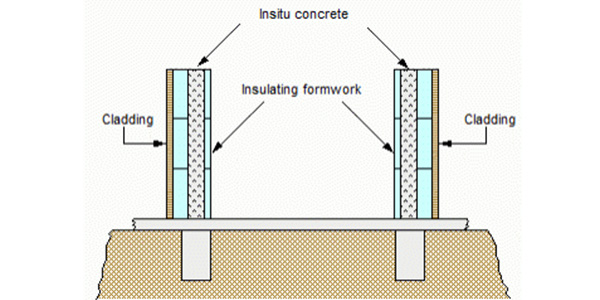
ICFs, insulated concrete formwork, represent a fairly new construction technique whereby the strength of the concrete is combined with the thermal insulation of foam materials to develop an effective and efficient solution for building residential and commercial structures. Interest in ICFs has increased in recent years, partly because of rising energy needs and new trends in sustainable building technologies. ICFs were largely ignored due to their higher cost; cost has traditionally been the principal determinant of the utilization of these technologies by builders. The present study is an elaboration of their economic aspects: different cost determinants of ICFs, approximate cost comparison of ICF vs. traditional wooden-framed construction, and cost life cycle of the structures.
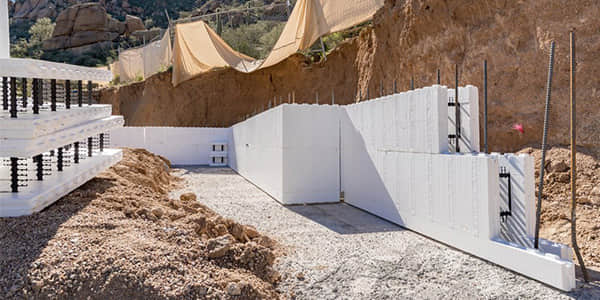
ICF offers several advantages that justify its consideration despite higher initial costs:
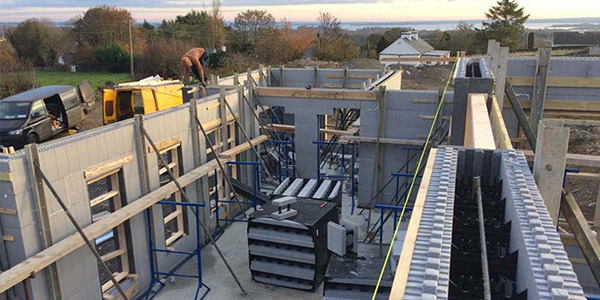
Several elements contribute to the total cost of an ICF building, as observed in recent analyses:
1. Material Type:
2. Labor Costs:
3. Regional Variations:
4. Design Complexity:
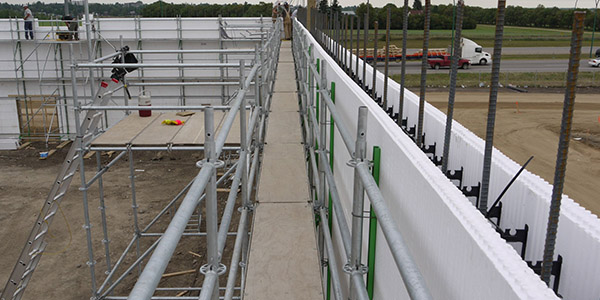
In fact, research indicates that the construction of an ICF structure is about 3 to 5% more expensive in terms of construction costs when compared with wood frame houses. For instance, if a home is 2000 square feet, it would mean an ICF house is priced at around $240,000 to $460,000, while a wood-frame house is priced at around $220,000 to $400,000.
It's a comparison in the terms of costs against floor area; ICF varies from $120 to $230, while wood frames vary from $110 to $200 per square foot. Yet long-term savings can be substantial:
A specific case in Whistler, BC, showed ICF foundation walls costing $9.81 per square foot versus $13.48 for plywood plus insulation, a $3.68 per square foot savings, or 37%, due to faster installation (30% to 50% quicker) and no need for additional insulation to meet R22 thermal performance required since 2015.
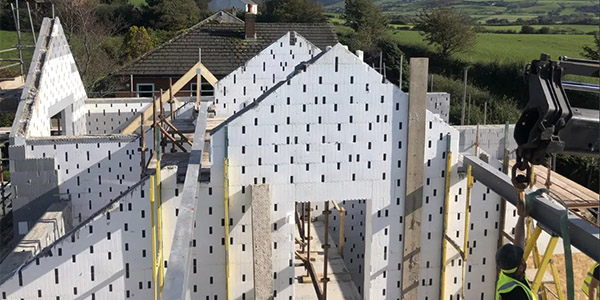
The average cost for an ICF house is approximately $120 to $230 per square foot, varying by region, design, and material choices. In contrast, wood frame houses typically cost $110 to $200 per square foot. Below is a detailed breakdown based on recent data:
|
Aspect |
ICF (Polystyrene) |
ICF (Nexcem) |
Wood Frame |
|
Cost per SF (Wall Area, Feb 2025 |
$7.00–$8.00 |
$12.00–$13.00 |
Not specified |
|
Total Material Cost per SF (March 2021) |
$9.00–$11.00 |
~$13.00 |
Not specified |
|
Premium over Polystyrene (Feb 2025) |
- |
$4.00–$5.00 |
Not specified |
|
Below Grade (Basement, 2500 SF footprint) |
Not specified |
Similar to conventional, worst case $5000 premium |
Conventional framed/insulated to R-20 or better |
|
Above Grade (2500 SF, 1530 SF wall area per floor) |
Not specified |
$12000–$14000 premium per floor |
Ordinary 2x6 stick-framed walls |
|
ICF vs Lumber Premium (Feb 2025) |
Not specified |
~10% on total construction costs |
Baseline for comparison |
For a 2500 square foot home (50ft x 50ft, 200 linear ft wall, 9ft high, 15% window area), the Nexcem premium over polystyrene is $6900 per floor at a $4.50 premium per square foot, illustrating the cost impact of material choice.
Insulated Concrete Formwork presents a compelling option for builders seeking energy-efficient, durable, and environmentally friendly buildings. While initial costs may be 15%–20% higher than traditional methods, long-term savings from energy efficiency (up to 60% reduction in energy bills) and reduced maintenance make ICF a wise investment. Regional variations, material choices, and design complexity should be considered to optimize costs. For those prioritizing sustainability and health, ICF’s additional benefits, such as improved indoor air quality and resilience, add significant value.
How much higher is the initial cost of an ICF than a traditional building?
Are ICFs worth the investment?
Formwork | Concrete, Rebar, Shoring ---- Britannica
Guide to formwork ---- Safe Work Australia